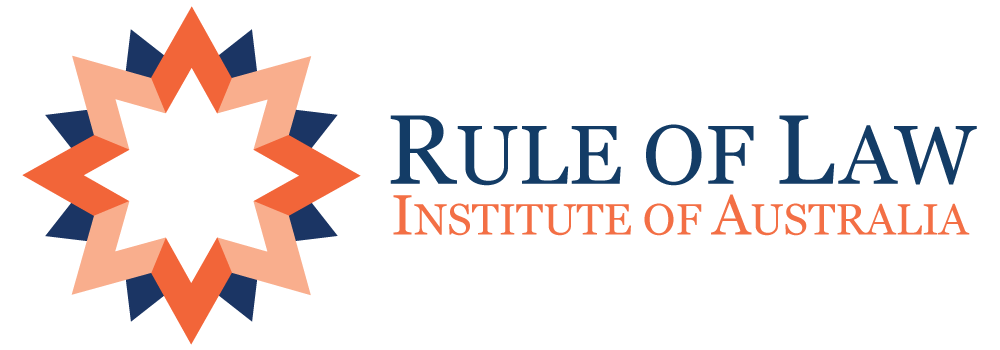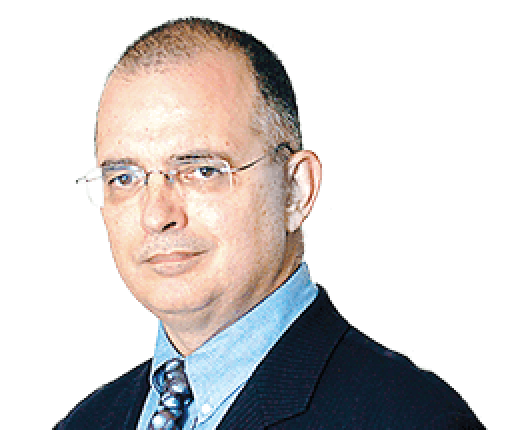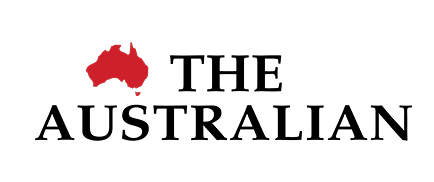In 1965, when the late Charles Perkins led the anti-racist Freedom Ride, the goal was clear. Perkins and those who accompanied him on that bus tour, visited a string of country towns where racial separatism was blighting the lives of Aborigines.
The Freedom Riders, who included a baby-faced Jim Spigelman, need to be judged by their actions, not subsequent reinterpretations.
What happened back in 1965 leaves no room for doubt that the goal of Charles Perkins and the Freedom Riders was racial equality – and that is the antithesis of what the proposed voice to Parliament is all about.
Perkins was the first Indigenous man to graduate from university, and Spigelman went on to work for Gough Whitlam before moving to the Bar and eventually becoming the Chief Justice of NSW.
But in 1965 they were troublemaking uni students. The Freedom Riders gained international attention and influenced public opinion in the run-up to the landmark 1967 referendum.
In Moree, where Aborigines were not permitted to walk on footpaths, they drew attention to rules governing the local swimming pool which only allowed Aborigines to enter at certain hours.
They collected a group of children from a nearby mission and attempted to gain entry to the pool. Violence erupted.
They were seeking equal access, not a separate race-based facility.
In Walgett, when they picketed the racially segregated RSL club, they were not seeking a separate club for black Diggers. One of their placards read: “Good enough for Tobruk: why not Walgett RSL?”
The website of the National Museum of Australia nominates the Freedom Ride as a defining moment for Australia’s rights and freedoms.
It says this about what happened when they left Walgett: “Outside Walgett Jim Spigelman trained his home movie camera on the hostile convoy of cars which followed the bus out of town at night and ran it off the road.”
The actions of Perkins, Spigelman and the other Freedom Riders drew inspiration from similar campaigns a few years earlier by young Americans who had run their own Freedom Rides targeting racial division in that country’s south.
The way forward for both countries was – and remains – equality of citizenship. There is no real alternative for any country that calls itself a democracy.
Two years after the Freedom Rides, Australia voted overwhelmingly to support changes to the Constitution to “remove any ground for the belief that the Constitution discriminated against people of the Aboriginal race”.
That is how the outcome of the 1967 referendum was described 30 years later in a report on constitutional change that was published by the House of Representatives standing committee on legal and constitutional affairs. And for a while, the principle of racial equality was unassailable.
In 1975 the government of Gough Whitlam enacted the Racial Discrimination Act and in 1988 former prime minister Bob Hawke was able to tell the nation: “In Australia, there is no hierarchy of descent.”
In the same year, the final report of the Constitutional Commission said Australia had joined the many nations which had rejected race as a legitimate criterion on which legislation can be based.
“The attitudes now officially adopted to discrimination on the basis of race are in striking contrast to those which motivated the Framers of the Constitution” at a series of constitutional conventions in the 1890s.
The White Australia policy, popular at federation but now rejected, has long ceased to have any influence on public policy.
It was removed from the Labor Party’s platform in the same year as the Freedom Rides. The abolition of the policy itself began in 1966 under Harold Holt’s Coalition government.
Entrenching racial equality in this nation’s statute book and public life took generations and significant amounts of political and physical courage. Just ask those who were with Perkins and Spigelman outside Walgett when their bus was run off the road.
The efforts of those extraordinary men helped this country overcome its dark past of racial privilege. But those who ignore that evil idea are at risk of giving it new life.
When we vote at the referendum on October 14 the principle of equality that underpinned all these reforms is on the line.
We are being asked to entrench a constitutional entity that would be based on the same odious idea that was targeted by the Freedom Riders: racial privilege.
If this referendum were merely about constitutional recognition of Indigenous people, it would be a shoo-in. But it’s not.
We are being asked to constitutionalise a race-based lobby group that would be empowered to involve itself not just in debates on Indigenous affairs but in debates about all matters of public policy, all proposed laws and all administrative decisions.
It would give one racial group – and their descendants for all time – the power to have an additional say on public policy that would go beyond the normal rights of citizenship that are enjoyed by all Australians.
Indigenous people already have a voice to Parliament, through the citizenship rights that were won by earlier generations and reforms enacted since 1965.
Those who say they need a separate voice, based on race, have forgotten the lessons from what happened at Moree pool in 1965. The Freedom Riders insisted that Aboriginal children, just like children of every other race, were entitled to equal treatment. They refused to accept racial separatism.
Those with goodwill for Indigenous people should follow that lead and ignore the entreaties of those preaching racial separatism.
The hopes and dreams of Indigenous people should not be shunted off to a separate race-based chapter of the Constitution.



